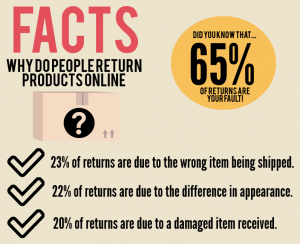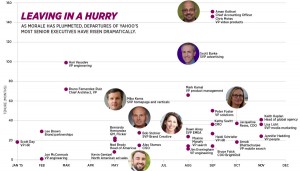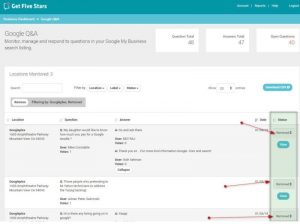How do you capture the attention of the oh-so-coveted Millennial generation? Columnist Alex LePage says it’s all about using intent data to deliver customization and personalization.

Traditional logic behind providing content free of monetary cost is that viewers pay by giving their attention to a brand’s advertisement. It’s a fair exchange: Instead of giving money for quality content, you give a bit of your attention to a brand message.
Millennials, however, are becoming both burned out and bored with digital ads altogether. It has gotten to the point where paying to get an ad in front of them isn’t effective.
A ComScore study found that, compared with Baby Boomers and Seniors, Millennials tend to be “less interested and more difficult to connect with, capture attention, impress, convince and entertain.”
So how do we break through? Establish a thorough pattern of intent.
What Millennials Don’t Want
Two main factors contribute to Millennials’ resistance to the traditional exchange of content for attention.
The first is one that everyone has been talking about: disruptive ads, or ads that are intrusive and distract the consumer from the content experience. The ads not only take them away from the content, but they provide a sloppy user experience, and this drives them to adopt and install ad blockers.
The second factor is one that much of the advertising press seems hesitant to vocalize: short attention spans. As much as ad-blocking developers want to convince the world otherwise, intrusive ads are only a piece of the problem.
The fact is, content saturation makes Millennials much less attentive. This is a cultural phenomenon as much as a user experience — a Microsoft study released this year found that our attention span is now worse than the average goldfish.
The result is that Millennials are less likely to put up with ads — even high-quality ones — in exchange for content.
Delivering Customization And Personalization
The solution for both of these problems lies in delivering a personalized, non-intrusive ad experience that speaks to customers rather than at them. Millennials prefer customization and personalization, so you’re not going to win their extremely valuable attention by just paying for “visible” ad space.
Millennials want a conversation, and you can achieve this by utilizing intent data in the right way.
Understanding a customer’s purchase and search history is table stakes today, but it’s much smarter to understand more actionable data, such as the common lengths of the videos they watch or the types of content they share more frequently. This information helps build a profile of who they are as a consumer of content and not just who they are as a customer when they transact.
Appealing to Millennials on a personal level is crucial — it helps to build a sense of brand trust in a demographic that is notoriously distrustful.
Of course, you can have the most personalized and relevant ads out there, but if you’re delivering them in ways that interrupt content, Millennials simply aren’t going to care. Trying to spring an ad on them is a great way to increase that notorious distrust of ads and instill a negative association with the brand being advertised.
Luring Millennials In
When it comes to Millennials, it’s crucial that advertisers take an approach akin to fishing. Just jumping in the water isn’t going to work — you need to lure them in with something they’re literally hungry for.
The attention of Millennials is an asset, and, like their business, it’s something that needs to be won. To think of digital advertising in other terms is to risk driving them away.
Digital advertising today is in a precarious position. Millennials are difficult to market to at scale, and intrusive ads and short attention spans are to blame. This has all fomented a culture of ad avoidance that isn’t good for anyone.
To get past it, marketers have to treat their audience with the respect they expect, and the best way to do that is by gathering intent data and using it to establish a conversation with customers.
Some opinions expressed in this article may be those of a guest author and not necessarily Marketing Land. Staff authors are listed here.
(Some images used under license from Shutterstock.com.)
Marketing Land – Internet Marketing News, Strategies & Tips
(92)
Report Post









